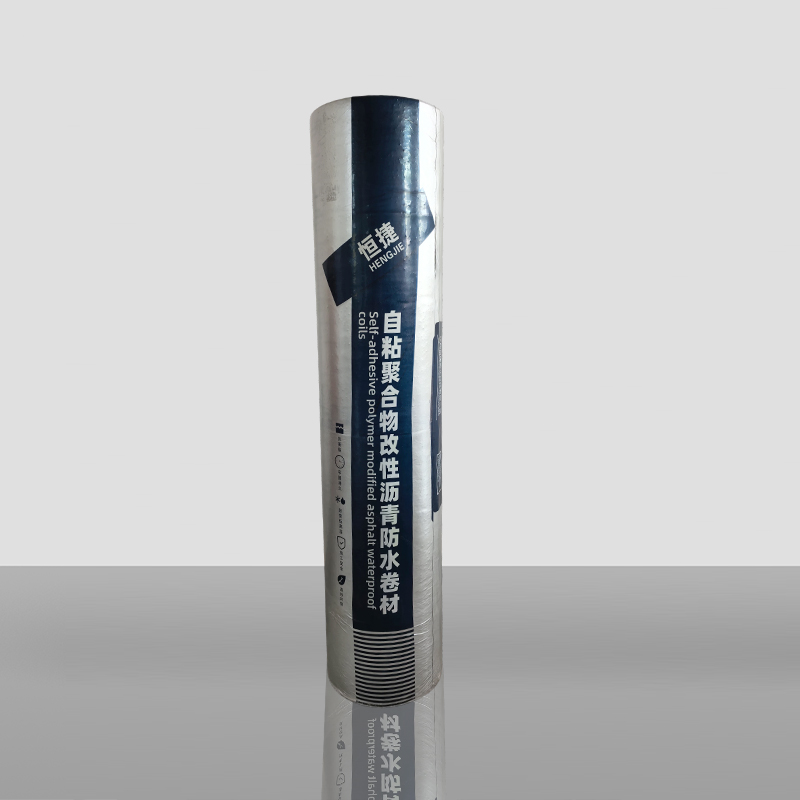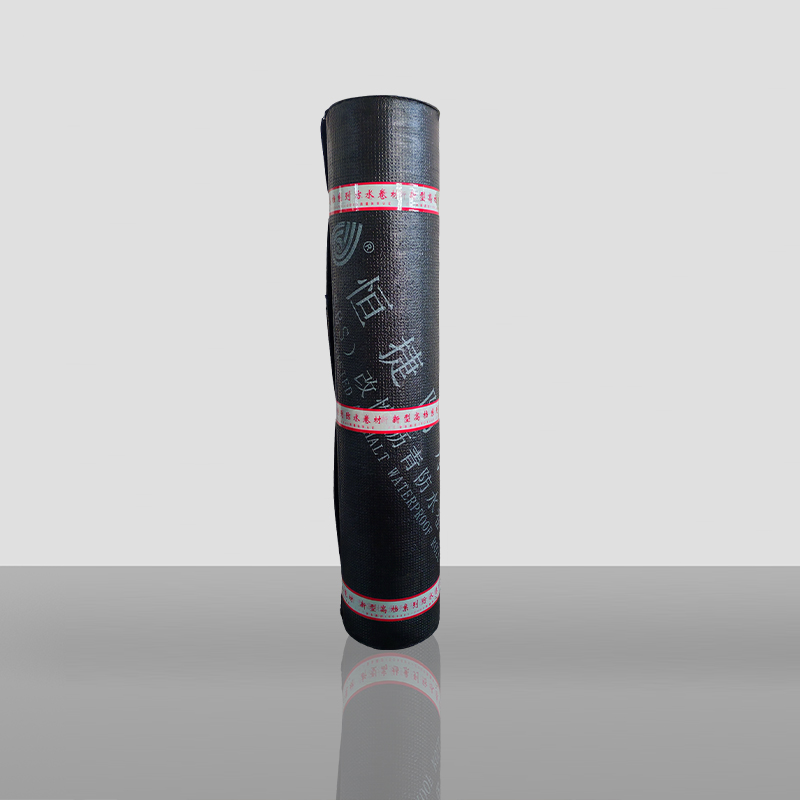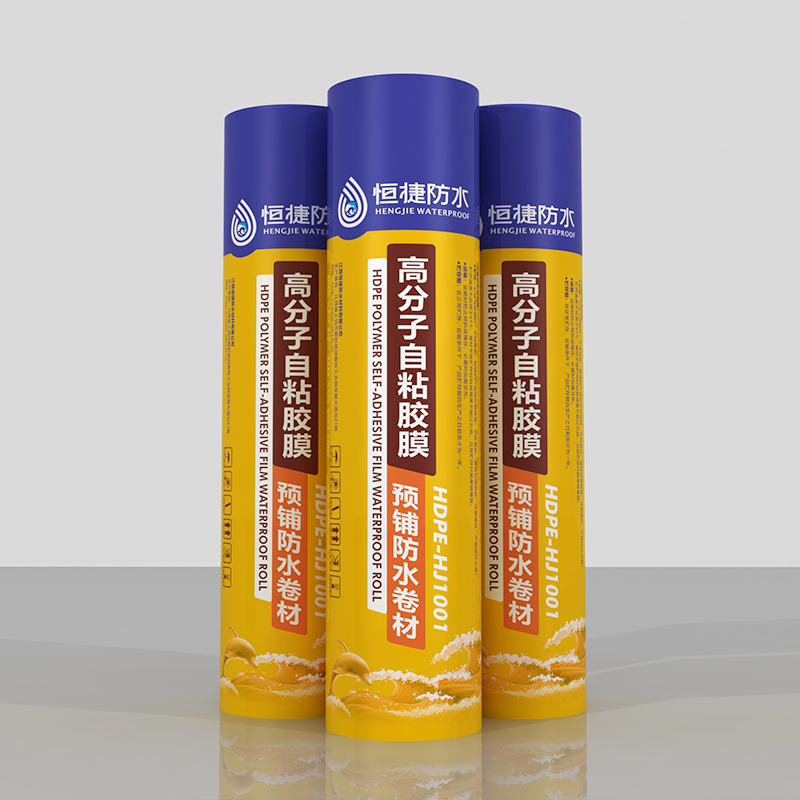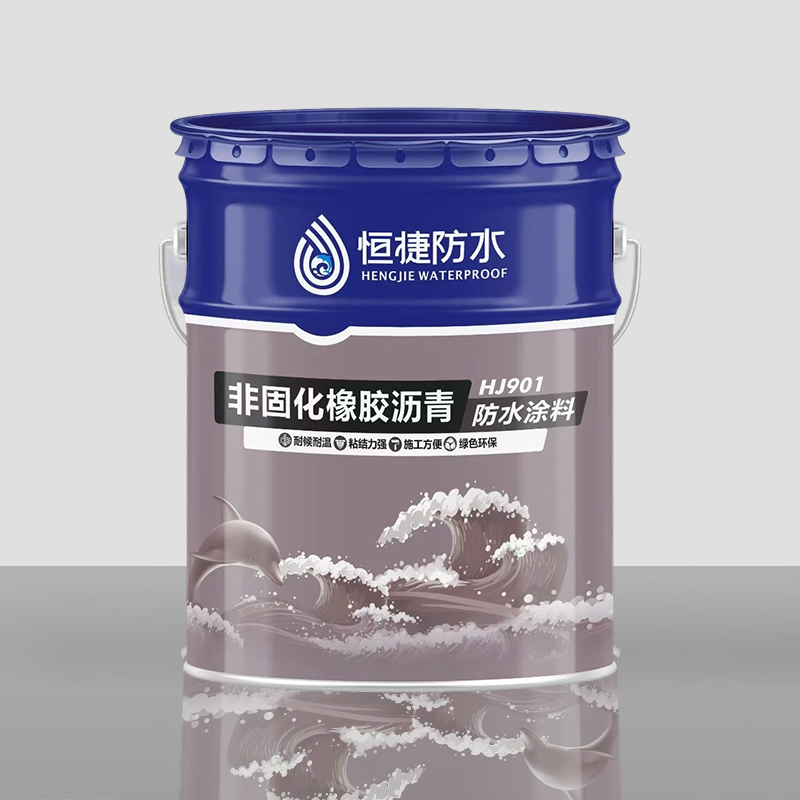How does polymer liquid membrane adjust its own characteristics to create the ideal matte or glossy effect for different material surfaces?
Release Time : 2025-05-08
In the field of material surface treatment, polymer liquid membrane has become a key means to create matte or glossy effects on different material surfaces due to its flexible adjustability. It can accurately adjust its own characteristics according to specific needs to meet a variety of application scenarios.
The key to achieving a matte effect for polymer liquid membrane is the control of light scattering. To achieve this goal, specific matting agents are added to the liquid membrane formula. These matting agents will form microscopic concave and convex structures on the surface during the drying process of the liquid membrane. When light hits the surface of the liquid membrane, these microstructures will cause the light to diffusely reflect instead of producing mirror reflection like a glossy surface, thereby creating a low-gloss, high-fog matte effect. For example, in plastic surface treatment, commonly used inorganic matting agents such as silica and calcium carbonate, etc., migrate to the surface during processing, destroying the smooth plastic surface, thereby achieving a matte effect. At the same time, the thickness of the liquid film will also affect the matte effect. A thicker liquid film may make the matte agent more evenly distributed, enhance the scattering effect, and make the matte texture softer and more natural.
In addition to adding matte agents, polymer liquid membrane can also achieve matte effects by adjusting its own chemical composition. Some resins containing light-absorbing groups, such as nitrocellulose and amino resins, are prone to matte effects. By introducing these resins into the liquid film formula and taking advantage of the relationship between their structure and performance, the effect of bulk matte or self-matte can be achieved without adding additional matte agents. In addition, the curing process of the liquid film will also affect the matte effect. By controlling parameters such as curing temperature and curing time, the microstructure of the liquid film can be adjusted, thereby affecting the scattering of light. For example, a lower curing temperature may cause the liquid film to be incompletely cured, forming a rougher surface and enhancing the matte effect.
In contrast to the matte effect, polymer liquid membrane needs to promote specular reflection of light to create a glossy effect. In formula design, resins with high gloss properties will be selected as the basis. These resins usually have a regular molecular structure and good crystallinity, which can form a smooth and flat film on the surface of the liquid film. At the same time, reduce or avoid the use of matting agents to prevent light from being scattered. In addition, adding some additives that can improve the smoothness of the liquid film surface is also a common method. These additives can fill the tiny pores on the surface during the drying process of the liquid film, making the surface smoother, thereby improving the reflection efficiency of light.
The coating process of the liquid film is also crucial to the realization of the bright light effect. During the coating process, it is necessary to ensure that the liquid film is evenly covered on the surface of the material to avoid defects such as flow marks and orange peel. The use of high-precision coating equipment, such as spray guns and roller coaters, can accurately control the thickness and uniformity of the liquid film. At the same time, the temperature, humidity and other conditions of the coating environment also need to be strictly controlled to ensure that the liquid film can dry and solidify normally to form a smooth and bright surface. For example, under higher temperature and lower humidity environments, the liquid film dries faster, which is conducive to forming a flat surface and enhancing the bright light effect.
Polymer liquid membrane can also be adjusted according to the characteristics of different materials. For some materials with rough surfaces, the liquid membrane needs to have good filling properties and be able to penetrate into the tiny pores of the material to make the surface smooth. For some materials that easily absorb water, the liquid membrane needs to have good waterproof properties to prevent surface defects caused by uneven water evaporation during the drying process. By continuously optimizing the formula and coating process of the liquid membrane, polymer liquid membrane can create ideal matte or glossy effects for the surfaces of different materials, meeting the needs of multiple industries such as automobiles, electronics, and packaging.
The key to achieving a matte effect for polymer liquid membrane is the control of light scattering. To achieve this goal, specific matting agents are added to the liquid membrane formula. These matting agents will form microscopic concave and convex structures on the surface during the drying process of the liquid membrane. When light hits the surface of the liquid membrane, these microstructures will cause the light to diffusely reflect instead of producing mirror reflection like a glossy surface, thereby creating a low-gloss, high-fog matte effect. For example, in plastic surface treatment, commonly used inorganic matting agents such as silica and calcium carbonate, etc., migrate to the surface during processing, destroying the smooth plastic surface, thereby achieving a matte effect. At the same time, the thickness of the liquid film will also affect the matte effect. A thicker liquid film may make the matte agent more evenly distributed, enhance the scattering effect, and make the matte texture softer and more natural.
In addition to adding matte agents, polymer liquid membrane can also achieve matte effects by adjusting its own chemical composition. Some resins containing light-absorbing groups, such as nitrocellulose and amino resins, are prone to matte effects. By introducing these resins into the liquid film formula and taking advantage of the relationship between their structure and performance, the effect of bulk matte or self-matte can be achieved without adding additional matte agents. In addition, the curing process of the liquid film will also affect the matte effect. By controlling parameters such as curing temperature and curing time, the microstructure of the liquid film can be adjusted, thereby affecting the scattering of light. For example, a lower curing temperature may cause the liquid film to be incompletely cured, forming a rougher surface and enhancing the matte effect.
In contrast to the matte effect, polymer liquid membrane needs to promote specular reflection of light to create a glossy effect. In formula design, resins with high gloss properties will be selected as the basis. These resins usually have a regular molecular structure and good crystallinity, which can form a smooth and flat film on the surface of the liquid film. At the same time, reduce or avoid the use of matting agents to prevent light from being scattered. In addition, adding some additives that can improve the smoothness of the liquid film surface is also a common method. These additives can fill the tiny pores on the surface during the drying process of the liquid film, making the surface smoother, thereby improving the reflection efficiency of light.
The coating process of the liquid film is also crucial to the realization of the bright light effect. During the coating process, it is necessary to ensure that the liquid film is evenly covered on the surface of the material to avoid defects such as flow marks and orange peel. The use of high-precision coating equipment, such as spray guns and roller coaters, can accurately control the thickness and uniformity of the liquid film. At the same time, the temperature, humidity and other conditions of the coating environment also need to be strictly controlled to ensure that the liquid film can dry and solidify normally to form a smooth and bright surface. For example, under higher temperature and lower humidity environments, the liquid film dries faster, which is conducive to forming a flat surface and enhancing the bright light effect.
Polymer liquid membrane can also be adjusted according to the characteristics of different materials. For some materials with rough surfaces, the liquid membrane needs to have good filling properties and be able to penetrate into the tiny pores of the material to make the surface smooth. For some materials that easily absorb water, the liquid membrane needs to have good waterproof properties to prevent surface defects caused by uneven water evaporation during the drying process. By continuously optimizing the formula and coating process of the liquid membrane, polymer liquid membrane can create ideal matte or glossy effects for the surfaces of different materials, meeting the needs of multiple industries such as automobiles, electronics, and packaging.







